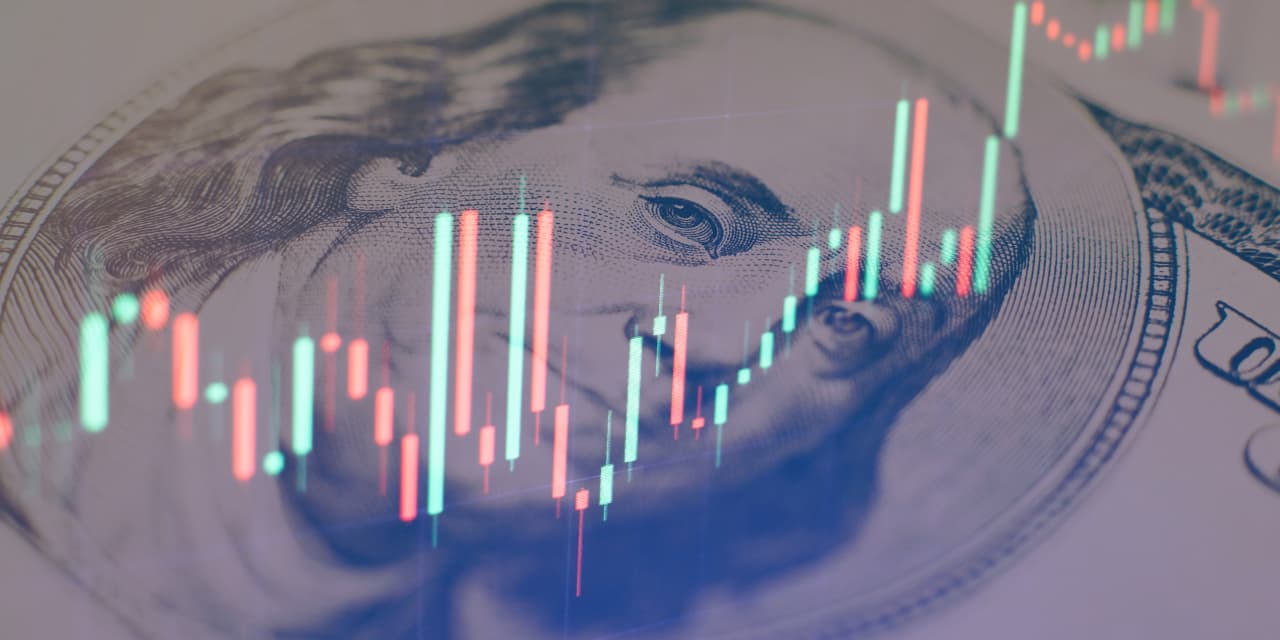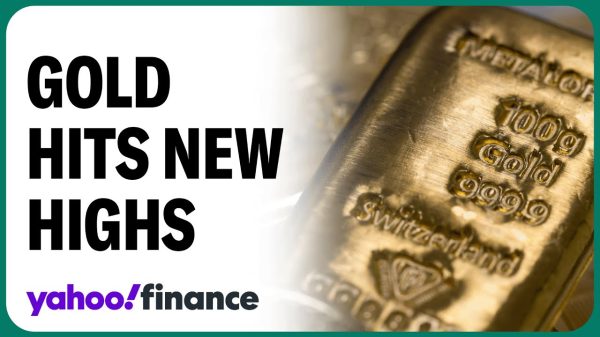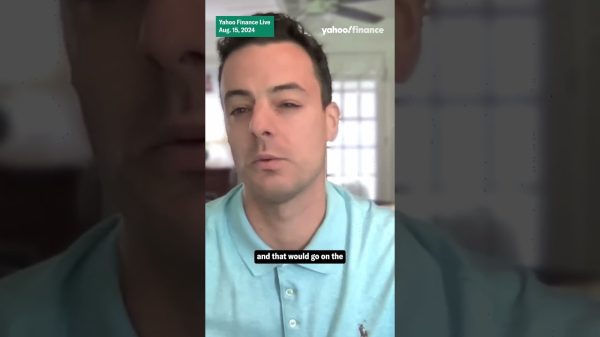Junk bonds have been a bright spot for bond investors in a miserable 2023. They also look riskier than they did earlier this year.
That’s not how 2023 was supposed to play out. After two straight years of losses, bonds were supposed to bounce back. But rising yields have repeatedly reduced their value, dashing those hopes. The yield on a 10-year note, a key economic indicator that determines rates on mortgages and loans, hit 4.625% on Wednesday, near a 16-year high, while the 30-year yield, which hit 4.731%, is near its highest level in over a decade.
Junk bonds have stood out. Appetite for riskier deals increased this year as the economy’s resilience amid historically high interest rates suggested companies would keep defaults at bay. The recent record low maturity of high-yield bonds, now at just under five years on average compared with more than eight years for investment grade, is a selling point for investors who have favored short-term investments this year amid rate uncertainty.
Part of that low maturity is a response by new issuers, who offered reduced duration counting on rate cuts—and lower yields—in the future, but also the short supply of new high-yield bonds. Companies issued just $130 billion worth of high-yield bonds so far this year after issuing just $102 billion last year, two of the worst years for supply since the 2007-09 recession, PitchBook LCD data show. Issuance has averaged $284 billion over the past decade. Although supply improved in September, the overall low issuance has meant investors have been buying what’s been available, keeping demand high.
Buyers may want to dial down their optimism. The Federal Reserve has committed to keep interest rates “high for longer,” which should cause the U.S. economy to weaken—and weaken highly indebted companies, leading to more defaults by these speculative-grade borrowers over the next year. Even the historically short maturity window could be problematic if companies are forced to borrow money at higher interest rates when their current bonds mature. What’s more, the extra yield investors are getting to buy junk bonds just isn’t compensating them for the extra risk.
“I love high yield when it’s cheap but everyone hates it,” says Peter Tchir, the head of macro strategy at Academy Securities. “Now people seem to like it too much.”
The rationale for exiting high yield starts with the growing forecast of defaults. In August, the trailing-12-month average high yield default rate was 3.7%, up from 3.5% and 3.2% in July and June, respectively, according to S&P Global Ratings. Don’t expect the rate to stay low. S&P Global Ratings put it at 4.5% by June 2024, while. Moody’s expects defaults to soar to 5.5% by the end of 2023, before easing to 4.6% mid-2024.
Citigroup’s
high-yield strategists Michael Anderson and Steph Choe predict the rate will hit 4.6% a year from now.
“The way I look at it is that the headwinds that the asset class is facing are starting to accelerate,” says Anderson, citing factors such as the rise in oil prices, labor unrest, student loan repayment, and a government shutdown. “We definitely want to position more cautiously.”
Despite the stiffening headwinds, spreads—or the premium charged by investors to hold junk-rated debt over Treasuries—have narrowed, suggesting little anxiety in the market regarding potential defaults. It has hovered largely under 4 percentage points since mid-July, well below the peak of 5.22% points observed during the bank tumult this year and around the 4.58% point median for non-recession months from December 1996 to last month, as calculated by high yield market veteran Marty Fridson, chief investment officer of Lehmann Livian Fridson Advisors.
The spread’s resilience has been a head-scratcher for many in the market, including Anderson. Fridson, though, emphasizes that the potential for higher defaults alone doesn’t justify higher spreads. “Credit availability,” or the ease of accessing the bond market or getting a loan, is just as important, he says, and it also suggests that the spread should be wider. Nearly 50.8% of banks have tightened credit for commercial and industrial loans, according to the Fed’s latest survey, a level at which spreads were never less than 6.53 percentage points and have been as high as 10.96 points, according to Fridson’s model. The spread’s level is “paltry…[and]…unprecedented,” he says.
Some would argue that the market’s resilience is a reflection of the fact that CCCs, the lowest-tiered junk bonds, now make up just 11% of the high-yield market, down from 14% five years ago, according to Bloomberg data. Plus, the possibility of a soft landing and rates moving down gradually still exists. Still, that extra yield may not be enough for any but the most optimistic investors.
“It’s in the eye of the beholder,” says Noah Wise, a senior portfolio manager for the Plus Fixed Income team at Allspring Global Investments. “We aren’t necessarily sounding the alarm but…investors aren’t likely getting compensated for [the worst-case] scenarios.”
And for many, the time to make the move out of junk bonds and into Treasuries and investment-grade corporates is now. “The time has come to move out in duration and into the ‘belly’ of the curve (3- to 7-year duration) to lock in higher rates,” Gargi Chaudhuri, head of iShares investment strategy in the Americas at
BlackRock
wrote Monday. “We prefer investment grade exposures to high-yield strategies.”
Academy Securities’ Tchir echoed those thoughts: “Right now I like moving out of high yield and into either investment grade or Treasuries, partly because I think I want that longer duration.”
If risk-off continues, that will be a good place to be.
Write to Karishma Vanjani at [email protected]
Read the full article here











